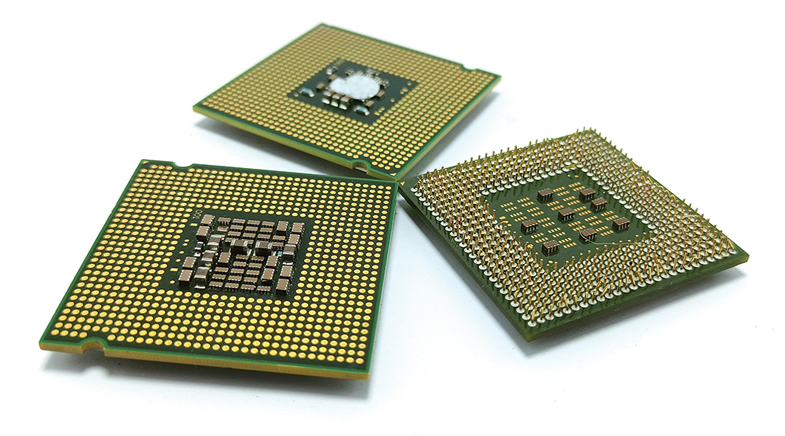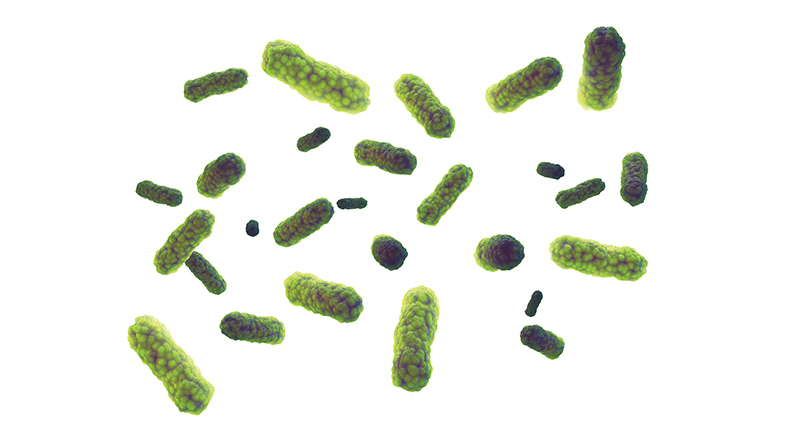Genetic guardians
-
- from Shaastra :: vol 03 issue 08 :: Sep 2024

The FRG1 gene shields cells from becoming cancerous by regulating the stability of the genome in the cells.
The genetic machinery keeps a constant vigil over trillions of cells in a healthy human body and fights off any potential tumour-causing mutations that come their way. When cells experience the slightest of damage, a DNA damage repair mechanism typically kicks into action.
In laboratory experiments conducted with breast cancer cells, a team of researchers studied the role of a gene, the FSHD region gene 1 or FRG1, in the repair mechanism. The study, which appeared in Scientific Reports (go.nature.com/3z22p89) in August, shows that the gene is key in regulating the integrity and stability of the genome in normal cells, thus preventing the cells from becoming cancerous.
FRG1 aberrant variants are known to cause a skeletal muscular disease called facioscapulohumeral muscular dystrophy that affects muscles of the face, shoulder blades and upper arms. Its connection to cancer has now been unravelled by a team led by Manjusha Dixit, Associate Professor at the National Institute of Science Education and Research (NISER), Bhubaneswar.
Using bioinformatics tools and in vitro experiments, Dixit and her team demonstrated that when FRG1 levels are low, there is higher DNA damage and a high mutation load in another prominent tumour suppressor gene called P53, which is considered the guardian of the genome. The P53 gene is found to be downregulated in more than half the cancers.
FRG1 can be a good prognostic marker and therapeutic target, according to scientists.
The team found that the FRG1 gene actually works through upregulating a protein called HPF1, which is involved in regulating a pathway for base excision repair, a cellular process that removes damaged bases and single-stranded breaks from DNA. An experiment called comet assay carried out to quantify the extent of DNA damage found that when FRG1 levels are low, the genomic fragmentation is more. This actually shows that FRG1 can be a good prognostic marker and therapeutic target, says Dixit. Her earlier studies have shown the gene can suppress several hallmarks of cancer such as cell proliferation, survival, angiogenesis (formation of new blood vessels for tumour growth) and metastasis.
Over the years, the scientists measured the expression levels of FRG1 across different tissue types such as the brain, heart and kidney. While they found a significant expression of the gene in normal and healthy cells, the levels plummeted once the cells turned cancerous.
Dixit is confident that the work can have therapeutic significance as scientists can now design potential agonists of FRG1 which can elevate its levels in cancer cells. "In the future, it will be interesting to investigate how FRG1 controls the expression of multiple proteins that are central to regulating tumorigenesis."
Have a
story idea?
Tell us.
Do you have a recent research paper or an idea for a science/technology-themed article that you'd like to tell us about?
GET IN TOUCH













